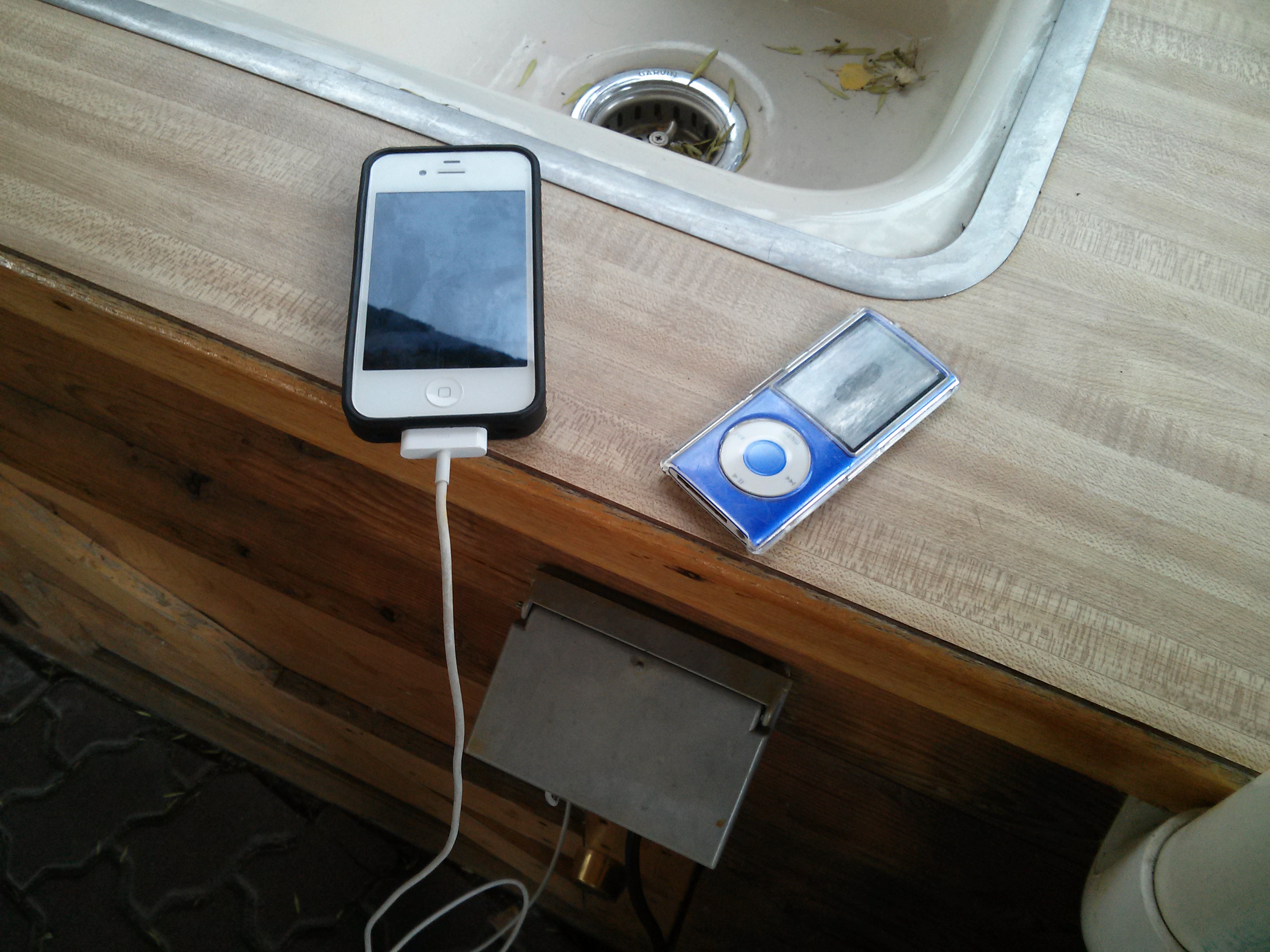In the first couple days, of what will be the longest bike ride of my life to date, I am quickly realizing the difference between  what I need and want. The question, “where can I charge my phone?” has been circulating camp and this has made me realize more than anything just how much of my ordinary life I am leaving behind.
what I need and want. The question, “where can I charge my phone?” has been circulating camp and this has made me realize more than anything just how much of my ordinary life I am leaving behind.
The desire for power to charge our phones, cameras, iPods, whatever, is hard to define as a need or a want and can be defined differently among different people. This has been made clear by our fearless co-instructor Alan, who says, “all of my smarts are between my ears,” referring to not having to use a smartphone. This aside, for the most part we all consume electricity in one way or another.
This morning we visited the PPL Montana coal-fired power plant in BIllings, Montana. Although we weren’t able to take a tour of the facility, we were given a thought provoking presentation. We were informed about the ways in which the plant was operated and about how much power and emissions were produced. The part of the presentation that struck me the most was when it was mentioned that the plant might be “mothballed” in coming years pending the passing of new regulation. “Mothballing”, as they put it, would mean shutting down the plant indefinitely, contingent on whether or not it becomes financially feasible to return to normal operations.
The regulation that is likely to pass would require the facility to install new expensive technologies and machinery that isn’t feasible for them to do in the current economic climate. This would mean laying off at least 35 employees and stopping all production at the facility. This could negatively affect the local and state economies and put strains on the electricity production industry in the state. To some people this might look like a horrible disaster, and very well could be, but to others this might merely seem like the natural progression of the market; it could also signal a fundamental change in the way electricity is generated. In the absence of this coal plant there would open a niche which could be filled by a facility powered by a more renewable source of energy.
The current facility has been in operation since the late 1960’s and has undergone several major revitalizations and retrofits in its long history. But the fact is simply that coal power production is not sustainable, and as time progresses the costs of coal power will increase as the supply of coal decreases. Newer coal power facilities are more likely to keep up with regulations and may be able to continue to operate, but for this old power plant the time may be right to throw in the towel and make room for the next generation of energy producers.
With that said, there is still much invested into the PPL power plant, which means there will be plenty of people fighting to keep it in production. Depending on the passing of the new regulation and on how many people with stake in this facility, there might just be some life left in in the old PPL power plant. The fact remains that we all use electricity (you’re using it now) and even on a cross Montana bicycling trip I find myself in need of an outlet now and then. Which reminds me, does anyone know where can I charge my phone?